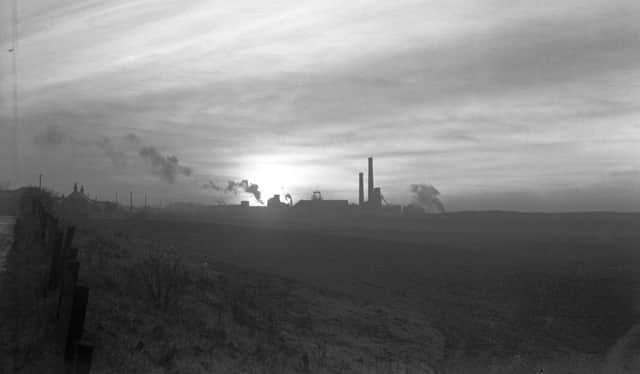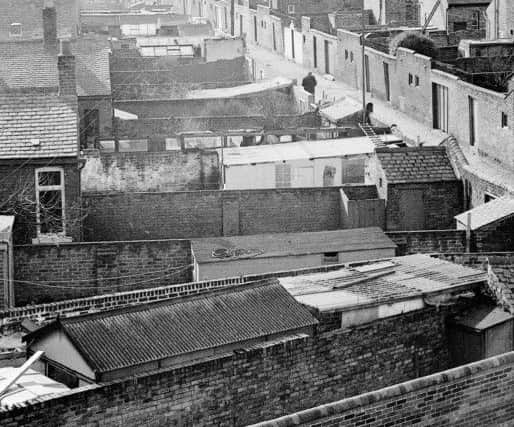Remembering the days of the coal fire


It had its own smell and was part of the familiar image of the area’s colliery communities.
But 30 years ago this month, the end was in sight for fires which were burning raw coal.


Advertisement
Hide AdAdvertisement
Hide AdEEC officials issued a directive which said there had to be an end to sulphur fumes in the air – and that meant a stop to coal smoke.
It was in 1988 that the announcement was made. It said that by April the following year, half of Seaham and all of Easington Village had to be smokeless and anyone who was found to be burning raw coal would be prosecuted.
Another year later and Blackhall – as well as the rest of Seaham – was to follow suit.
And by 1992, Horden, Murton and Easington Colliery were due to join the list of smokeless areas. And while all that was being introduced, there would be a system of constant monitoring in other North East villages to see if they would also merit a ban.
Advertisement
Hide AdAdvertisement
Hide AdIt meant big change for thousands of people who had enjoyed the same way of life for decades.
Our reporter at the time said: “The coastal strip of County Durham once boasted 12 working collieries.
“Miners were imported from all over the country to live in rows of pit cottages, and the smoke from tens of thousands of coal fires hung like a shroud over the area.
“Now after a century and a half, the unthinkable has happened and an area which still counts the mining industry as its major employer and where smoke still pours from thousands of chimney pots, is to stop burning raw coal.”
Advertisement
Hide AdAdvertisement
Hide AdFour thousand homes were affected and there were plans to change from coal to smokeless fuel in ten percent of all the area’s homes.
Easington Council’s environmental officer at the time was John Perkins and he pointed out that the idea was not an alien one for the area as Peterlee had enjoyed clean air since the 1950s.
He said at the time: “If anyone wants to see the good side of smoke control, go to Peterlee.”
Mr Perkins said there was no soot hanging about there and the paintwork looked clean.
Advertisement
Hide AdAdvertisement
Hide AdWho remembers the days of the old coal fire - of the whole system of preparing the fire, looking after it each day, and the familiar smell.
Who remembers the skyline filled with smoking chimneys and the collieries which were a feature in many villages across the region.
Mr Perkins, speaking about Peterlee, added at the time: “The housewife hanging the washing out does not get it covered in soot. The grass looks greener and the flowers in the garden look brither.
“If I am going through Peterlee and I smell smoke, it hits me right away because I am not used to smelling it.”
Advertisement
Hide AdAdvertisement
Hide AdMost people realised there would be many long-term benefits from the change, even though they would face significant upheaval in the short term.
People with open fires would face a limited choice on options for smokeless fuel. It would be costly but they would receive a partial grant towards the cost of a conversion.
There was the choice of converting to gas or a closed fire but those who chose that option would not get any help with the cost.
Our report at the time added: “We are promised a cleaner and healthier environment. But it will not be until the smoke clears that we will see whether it was all worth it.”
What are your memories of the days of the old coal fire.
Advertisement
Hide AdAdvertisement
Hide AdOs is there another aspect of Wearside and County Durham history you would like to share?
Perhaps you would like to hark back to your schooldays and get in touch with former colleagues.
Is there an old pub, restaurant, hotel or factory you would like us to reminisce on?
Or maybe there’s a moment in the area’s spirting history you would like to relive.
Get in touch with all of your memories of bygone days by emailing [email protected]